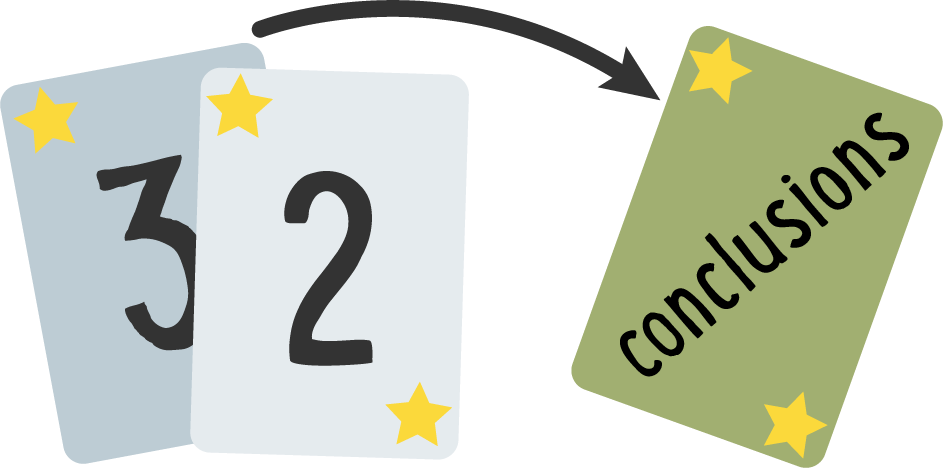Card

Data Match
Students analyze a data set and evaluate a series of statements to determine which conclusions are supported by the evidence.
Data Match
Summary
This strategy guides students to analyze patterns in a data set and compare their results with a pre-determined list of possible conclusion statements. In small groups and as a whole class, students determine which conclusion statements are supported by the evidence identified in their data analysis. Class discussion should help students distinguish between conclusions based on sufficient evidence and inferences drawn from their own beliefs about the data.
Procedure
After students have collected observational or experimental data, have them organize it and look for patterns.
Provide students with a list of possible conclusion statements about the data.
In small groups, have students determine which statements are supported by the patterns in their data.
As a whole class, have students explain which statements are supported by sufficient evidence and remove any that are not supported by the data.
For classes that have more experience with making evidence-based claims, have small groups generate their own conclusion statements before the class discussion. During class discussion, create a list of all the conclusions that students agree are supported by sufficient evidence.
Keeley, P. (2016). Science formative assessment: 75 practical strategies for linking assessment, instruction, and learning (2nd Ed.). Thousand Oaks, CA: Corwin.



